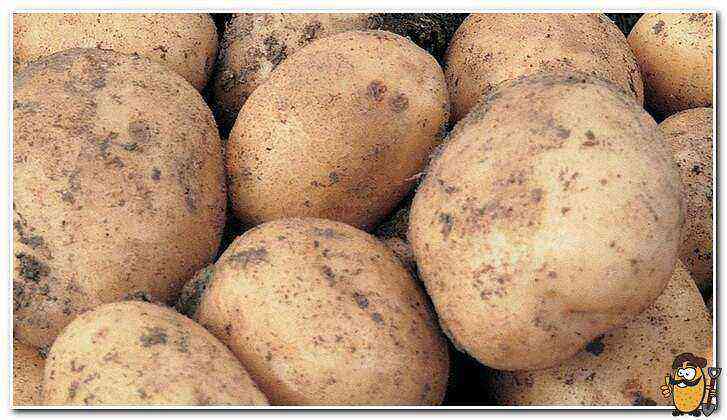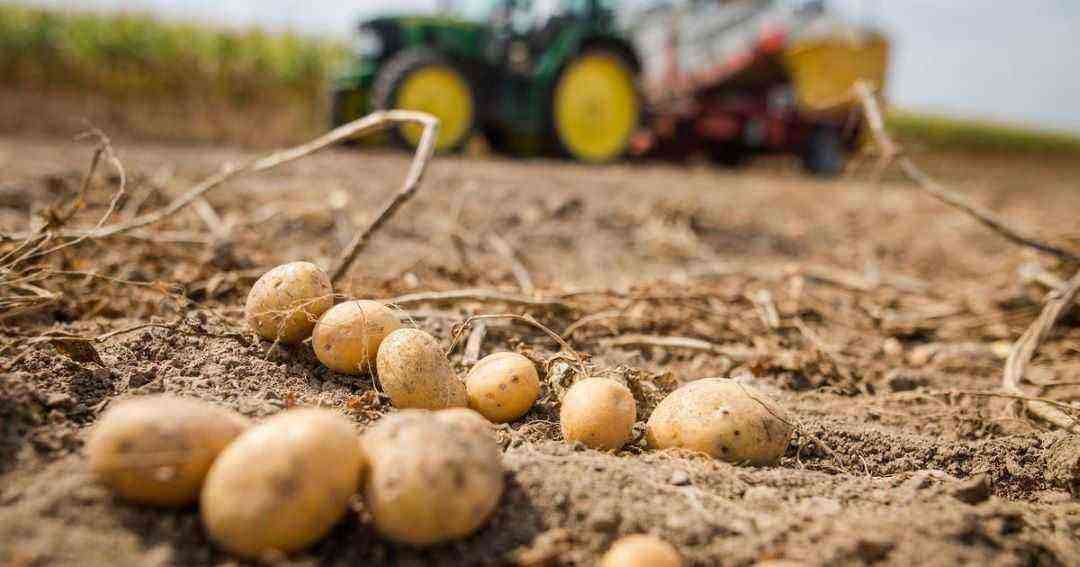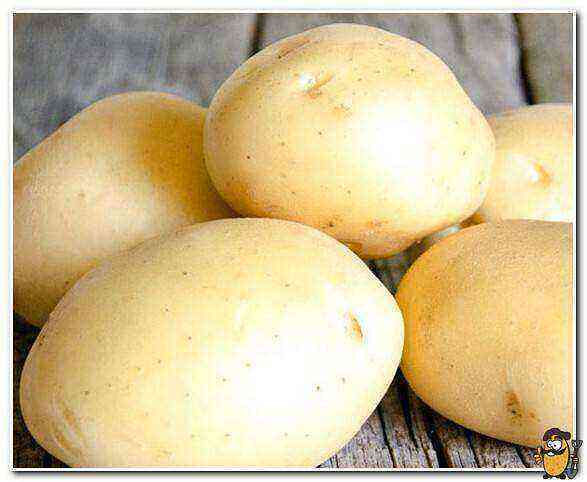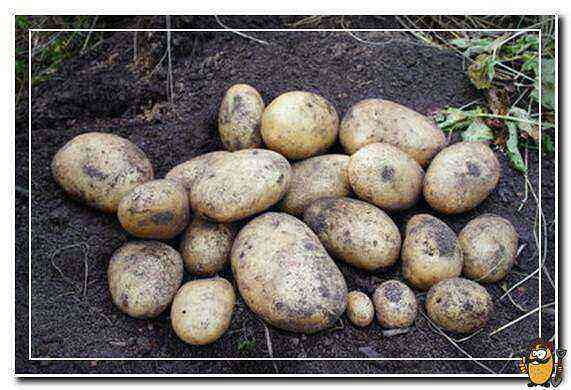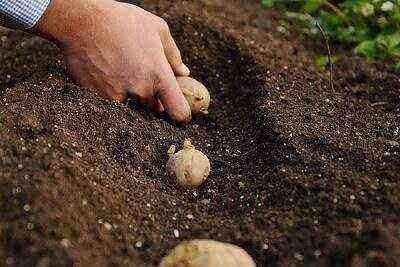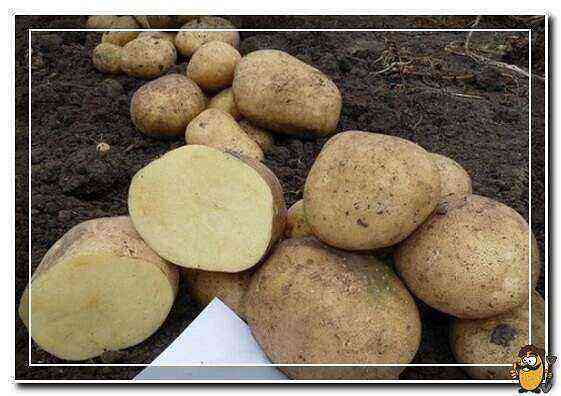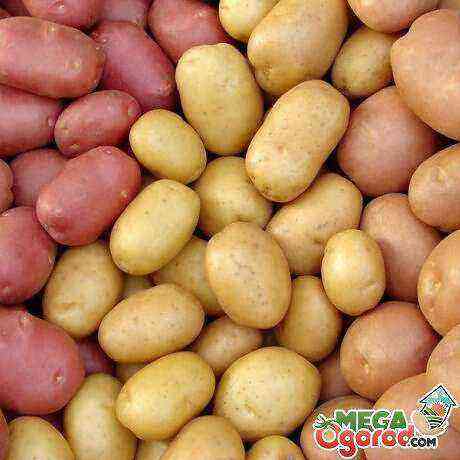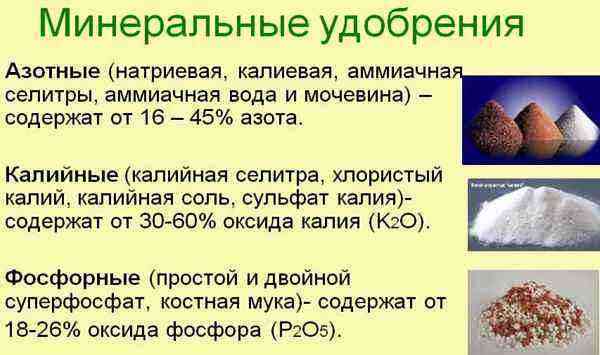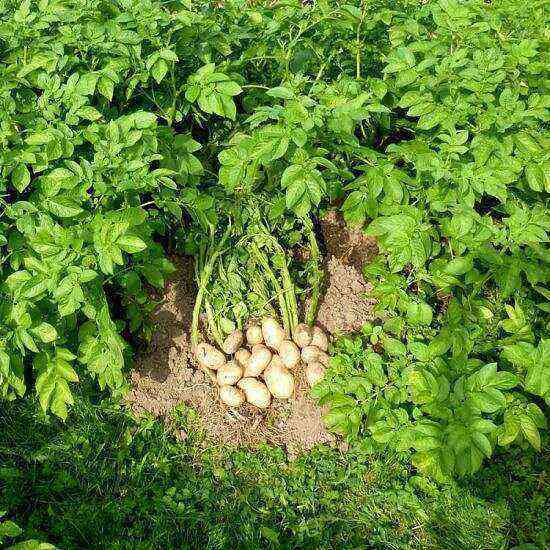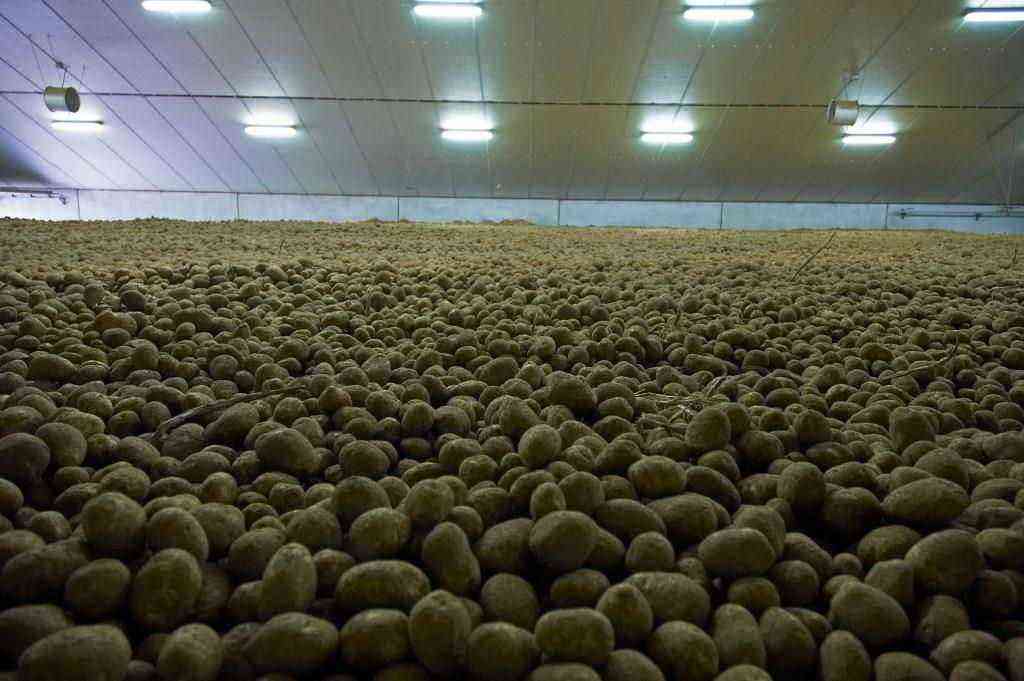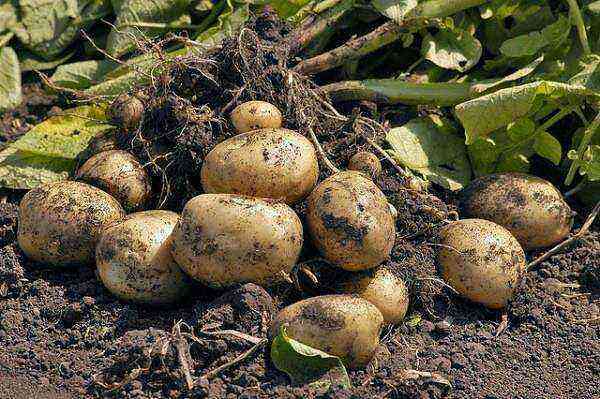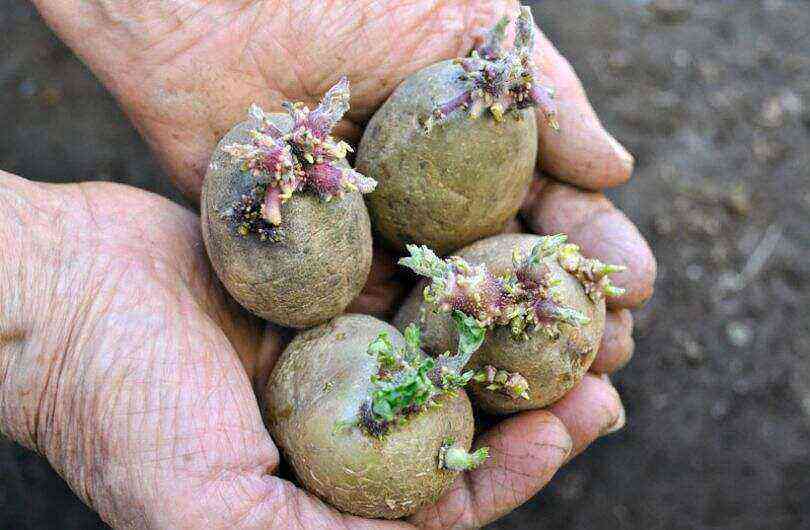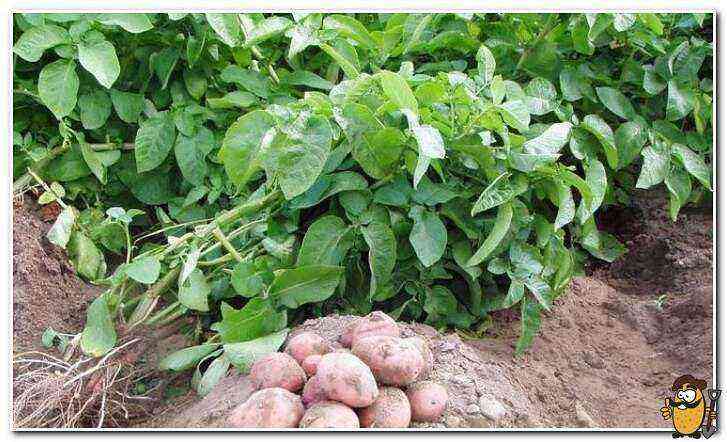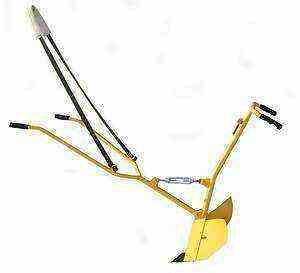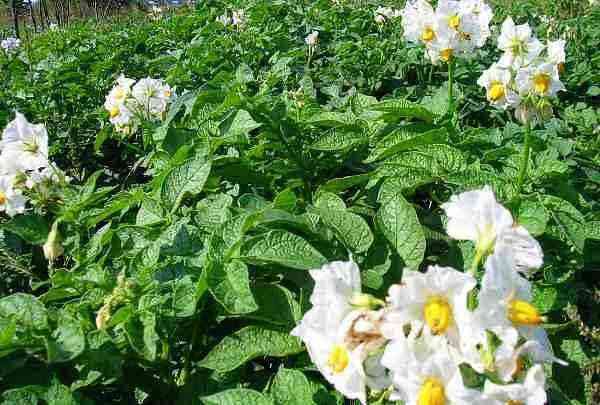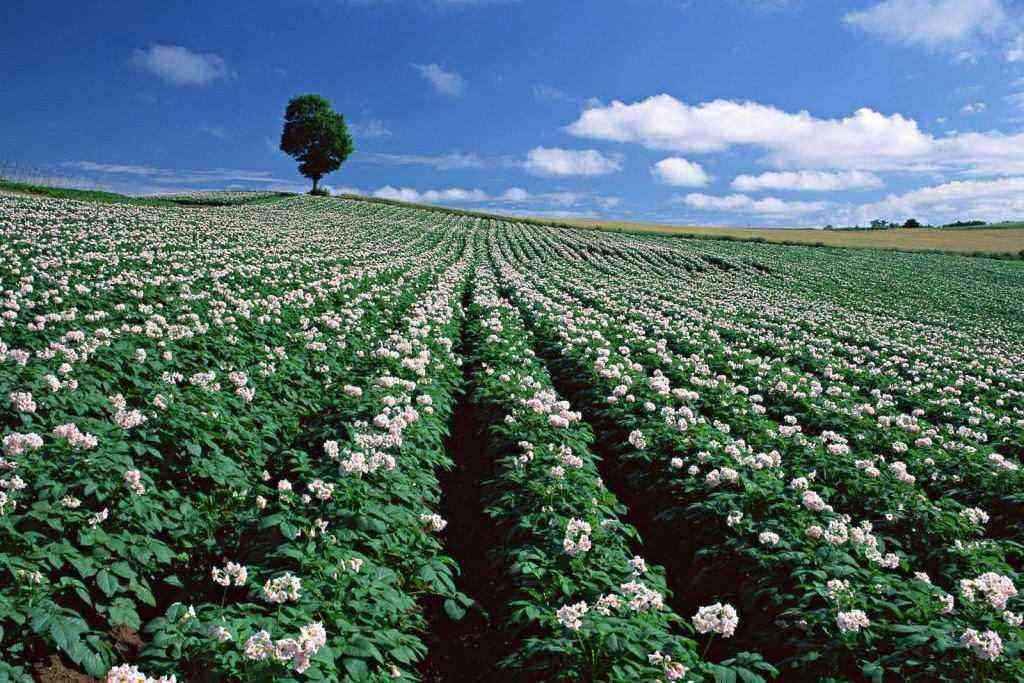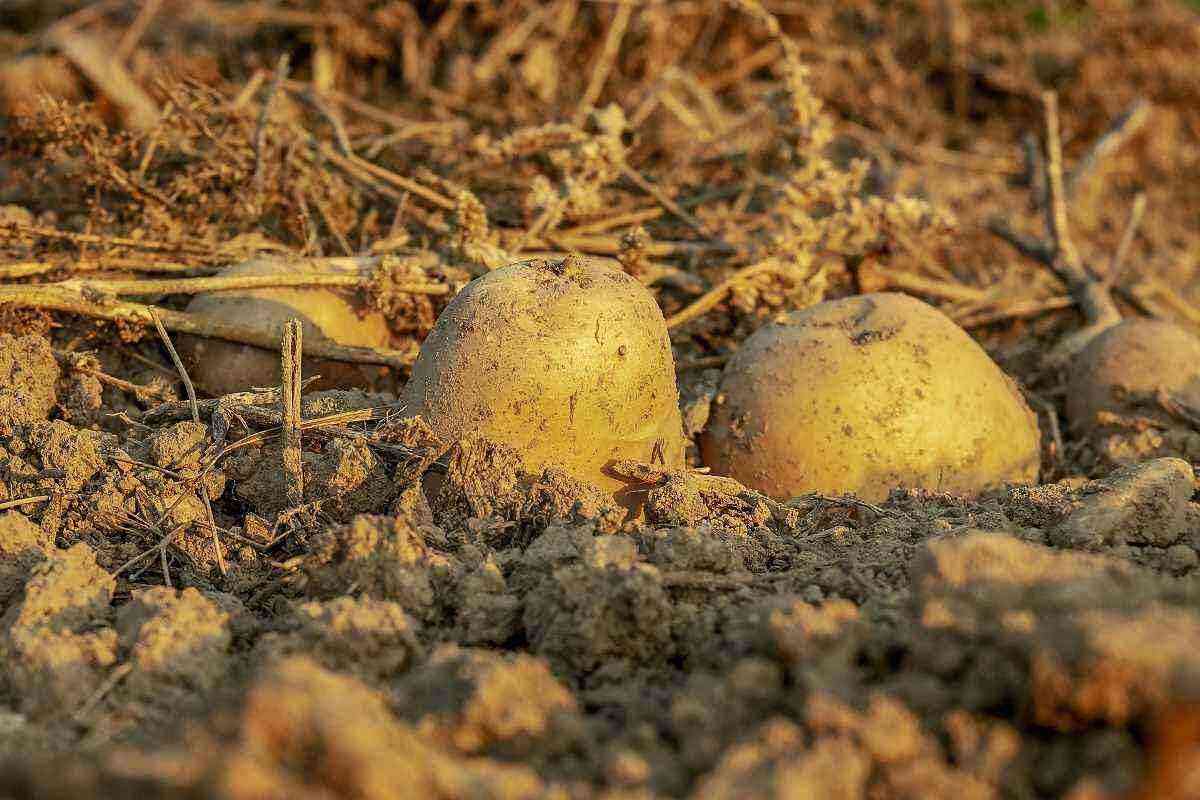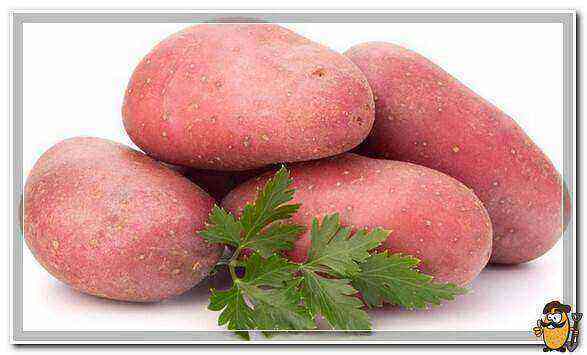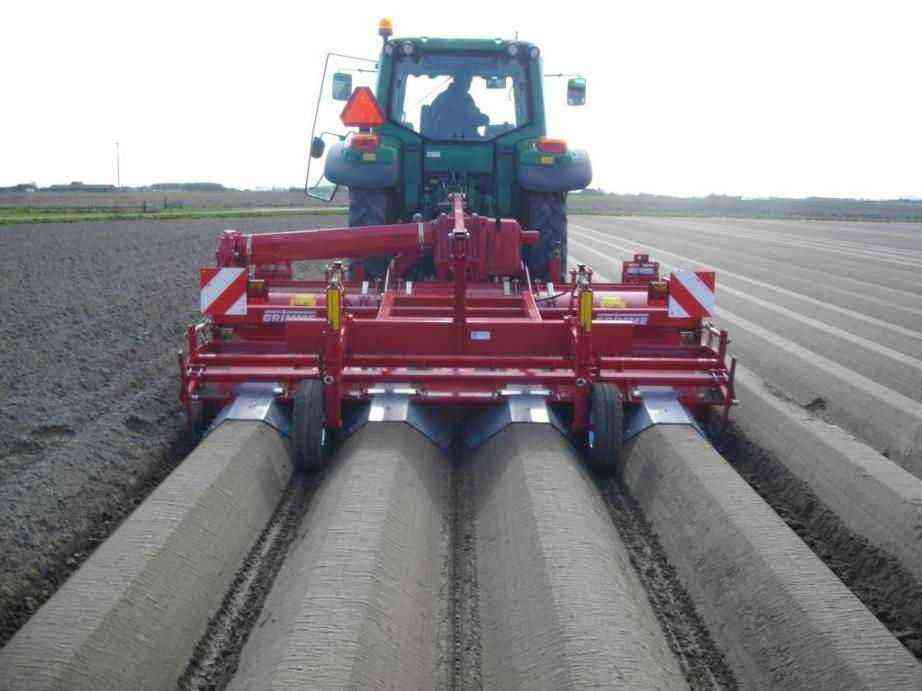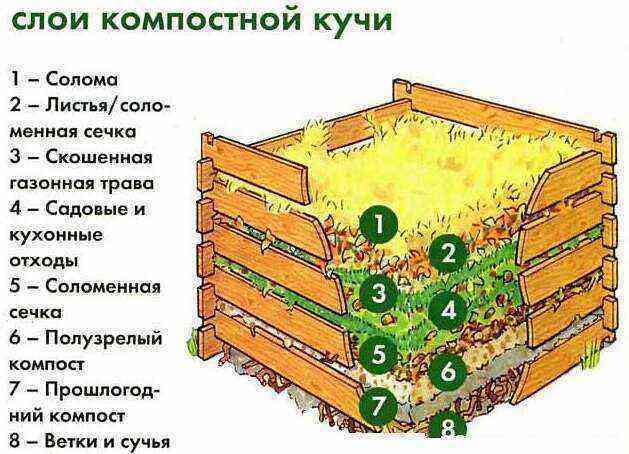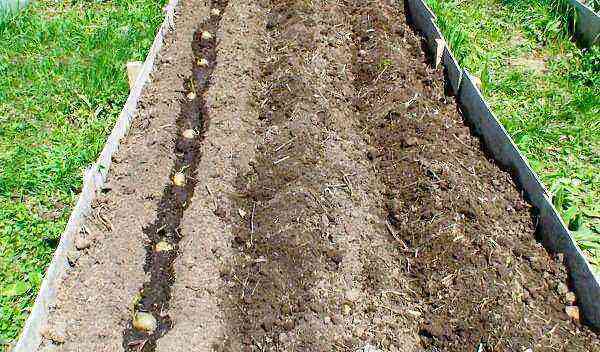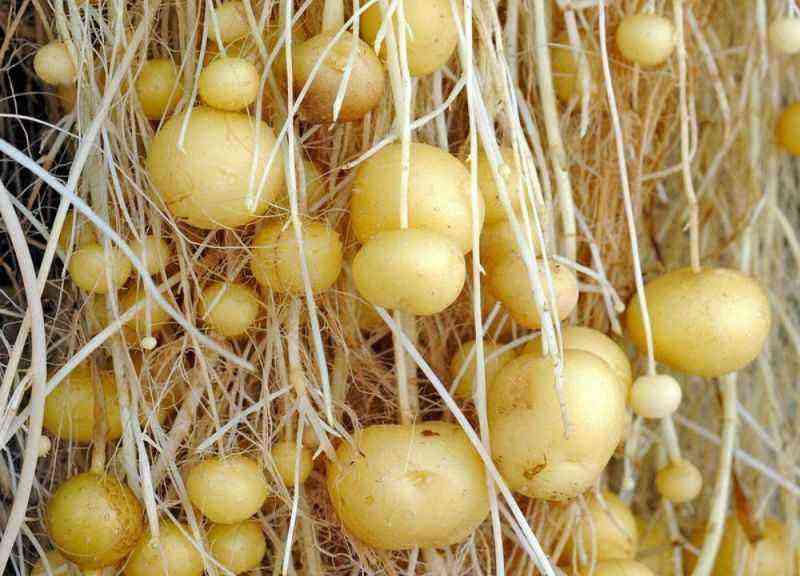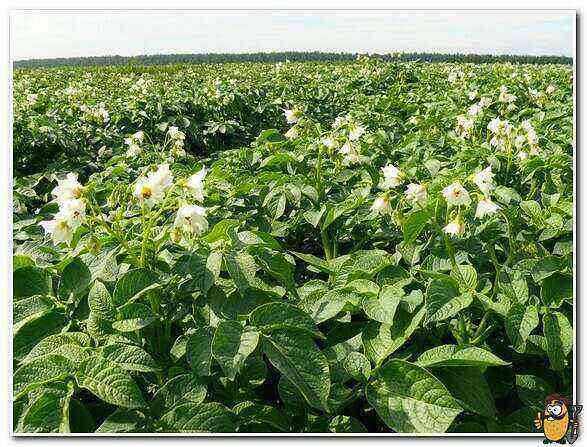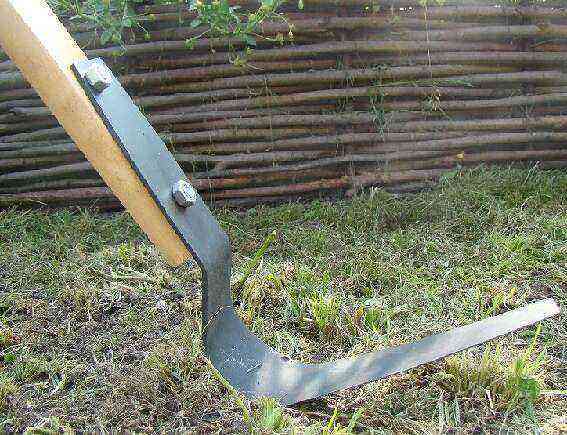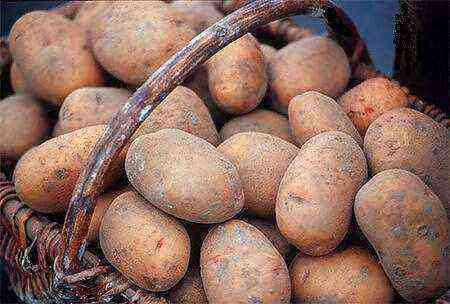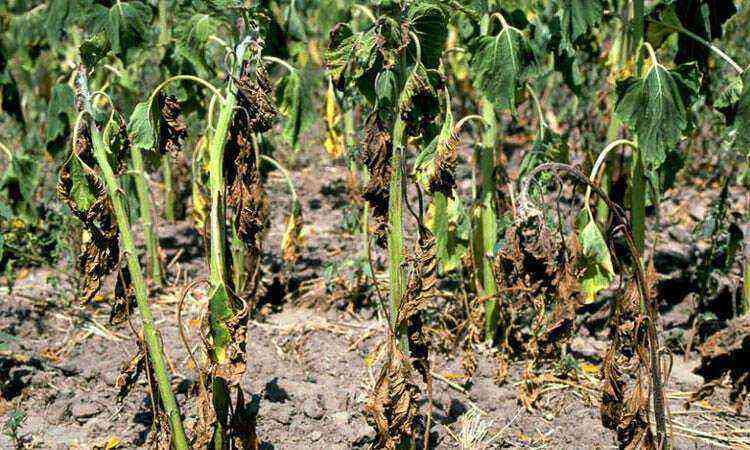Spring weather is capricious, neither forecasters, nor the most experienced agronomists can guarantee that in May, after the almost summer heat, there will be no return frosts. If the potatoes rise by this time, the tops will inevitably freeze.
At temperatures down to –2 ° C, most of the bushes will get sick, the young leaves will turn yellow and die off, but the plants will soon recover. If the temperature drops below –3 ° C, there is a high probability of seedling death. But even in this case, the mother tubers in the ground are able to form new shoots. In unfavorable years, crop losses from frosts exceed 30%.
Frost protection for potatoes
One of the best ways to avoid freezing your potatoes is to plant the right time. Usually, the spring cold snap coincides with the flowering time of the bird cherry. It is customary to plant potatoes when bird cherry begins to fade, birch leaves reach the size of a small coin, and the soil at a depth of 8 cm warms up to at least +6 ° C. In colder soil, germination of tubers will still stop.
But frosts sometimes occur in June, and planting work must be carried out while the soil in the beds is wet. There are other methods of protecting potatoes from sudden cold snaps.
Hilling
Spring frosts are short-lived, therefore, because of them, mainly the above-ground part of the tops suffers. If forecasters predict frosts, the sprouted potatoes must be earthed so that only the tips of the leaves remain above the surface of the ridge. On large plantations, hilling is conveniently carried out with the help of “hedgehog” cultivators, at the same time destroying weeds.
Under the earthen ridge, the potato bush will not only warm up, but also create a more powerful root system. True, the shoots grow too quickly, and in case of prolonged frosts, the bushes will have to be spud 2-3 times with an interval of 7-10 days.
The method is not suitable for potatoes grown from botanical seeds, sprouts or eyes: such plants do not have the ability to draw nutrients from the mother tuber and are too weak to break through the soil.
Mulching
If there is a threat of frost, hilling can be replaced by mulching. A thick layer of straw, hay or sawdust warms young shoots just as well as an earthen ridge. Subsequently, the mulch decomposes, improving the structure of the soil. In this way, potato shoots from sprouts, eyes or botanical seeds are also protected.
Straw mulch perfectly protects bushes from frost
For super early potatoes, the method is not suitable, since it slightly slows down the development of plants.
Covering seedlings with foil or spunbond
To prevent the tops of potatoes from freezing, especially early ones, the seedlings are covered with plastic wrap or white spunbond. Arcs made of metal or flexible PVC pipes are installed over the beds, onto which the covering material is pulled. During the day, the sun warms the air inside the greenhouses so much that the potato tops can wither due to the heat. Therefore, in the daytime, greenhouses are slightly opened for ventilation.
Many gardeners, when threatened by frost, simply throw a film or spunbond onto the pegs driven along the edges of the beds, pressing the material to the ground with stones. Under such a shelter, the seedlings are warm, but if the leaf touches the film, it will freeze. Therefore, there must be a gap between the tops of the shoots and the surface of the covering material.
An original way to do without arcs and pegs is to sow barley sparsely in the beds at the same time as planting potatoes (other cereals will not work). Barley grows faster than potatoes, and its sturdy stems are capable of supporting the weight of the covering material no worse than wooden stakes. When the threat of frost has passed, the barley is mowed along with the weeds and left in the beds: it serves as a natural fertilizer.
Sprinkling
If frosts are predicted by morning, potato seedlings are abundantly sprayed with water in the evening. When the temperature drops to 0 ° C, moisture from the surface of the leaves begins to evaporate intensively. A thin layer of steam (analogous to fog) forms above the plants, which protects the tops from frost.
Smoke screen
The smoke screen is a classic that everyone knows about, but few have applied it in practice. The smoke is really able to protect the tops from frost, but for this it is necessary that it spread over the site.
To create a smokescreen over one hundred square meters of potato plantation, you need a fire with an area of at least 1,5 m² (flame height – 50 cm). Dry firewood, straw or even dried manure are mixed with wet materials that smolder, giving off plentiful smoke. Bonfires are placed upwind. They should burn all night and 2-3 hours after dawn.
The problem is that frosts often happen in calm weather, because of which the smoke does not spread over the site, but rises up, that is, all efforts are in vain. This method of protecting potatoes from frost is ineffective.
Enhancing the immunity of potatoes
It is necessary to ensure that the plants survive the frosts safely before planting. Treatment of planting material with growth regulators significantly strengthens the immune system of potatoes and enhances its frost resistance. The advantage of such products is that they do not harm the environment and their use does not contradict the principles of organic farming.
The most popular and effective:
- Epin-Extra;
- “SILK”;
- “Biostim”.
Treatment of frozen seedlings and tops of potatoes
At negative air temperatures, paralysis of the stomata occurs on the leaves of potatoes – microscopic channels through which moisture evaporates. When a frosty morning gives way to a warm sunny day, moisture begins to evaporate from the entire surface of the leaves. As a result, plants die from dehydration. This can be prevented.
If frosts hit unexpectedly and the potato shoots froze, it is necessary to shade them before dawn: cover them with dark spanbond, newspapers, rags. For the stomata to function normally, the leaves must thaw very slowly. Then the tops will not wither and the damage from frostbite will be minimal.
Medicinal feeding
Frost-affected potatoes need increased doses of nutrients, primarily nitrogen: plants need to restore the volume of green mass at an accelerated rate. In addition, diseased bushes are at increased risk of fungal infections. In order for the plants to recover, it is necessary to carry out one or two feeding, even if in violation of the schedule.
For root dressing, nitrophoska is added to the soil at the rate of 5-7 grams per running meter of the bed. Nitroammophoska is suitable only for foliar feeding, as it dissolves too slowly in the ground. From organic fertilizers for root feeding, it is best to use a weak solution of poultry manure (chicken or pigeon droppings, for 1 part of dry droppings – 20 parts of water or nettle infusion). If there is no manure, a weak solution of manure (just not fresh) will do.
For potatoes after frost, foliar top dressing with urea (20–25 g per 10 l of water) is most useful. Agronomists recommend adding complex fertilizers “Nutrivant Plus ™ potatoes” or “Rost-Concentrate Potassium” to the urea solution. To make the frozen tops come to life, they are sprayed with Epin-Extra 2-3 times with an interval of 5-7 days.
Potato bushes react most painfully to frost in the budding and flowering phase. To feed flowering potatoes, fertilizers containing less nitrogen but more potassium are needed, for example, Rost-Concentrate Potassium.
If the early autumn frosts hit when the potato has faded, but it is still far from harvesting, it is fed with potash fertilizers or ash. You cannot dig potatoes immediately after freezing, otherwise the tubers will be poorly stored. You need to wait at least 2-3 days.

